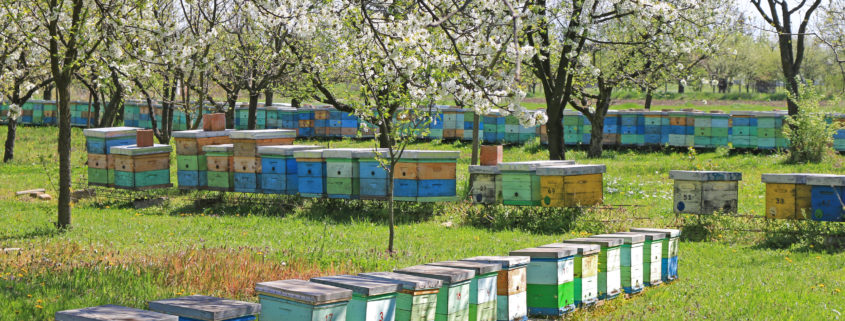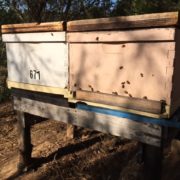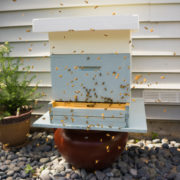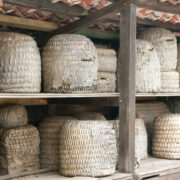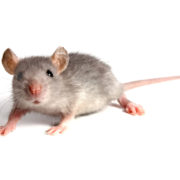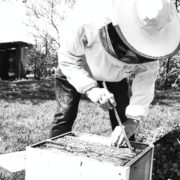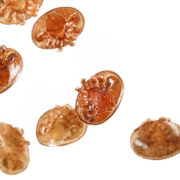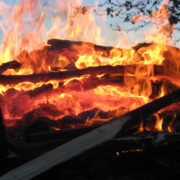Spring Beekeeping
Spring arrives at different times in different parts of the United States. Here, at Wildflower Meadows, our spring begins in early February. For some of our customers, whose apiaries are in the north of the country or are in the mountains, spring can arrive as late as the middle of May or early June. Regardless of the timing, however, spring beekeeping activities are the same for all beekeepers.
Spring is a time when the population of a beehive is about to grow rapidly. The queen has begun to lay new frames of brood in earnest. Often in the early spring a beehive may appear to contain more frames of brood than bees! Accordingly, most spring beekeeping is focused on managing the expansion of the bee population and gearing up for an oncoming spring honey flow.
Honeybees’ swarming instinct is strongest in the spring, so the beekeeper needs to be especially aware of warning signs of swarming. Having a young queen inside the hive, and making sure that there is enough extra space (supers) for a growing colony are the two best actions a beekeeper can take to control swarming. Most colonies will need increased space as the season hits its stride of one or two weeks after the onset of spring. Spring is also a good time to:
- Clean off bottom boards
- Remove entrance reducers (robbing usually is not a problem in the spring)
- Replace old or destroyed honeycomb
- Make sure that the bees have a clean and reliable nearby water source
- Evaluate the quality of the overwintered queen
Although it is important for a beekeeper to ensure that bees have enough space heading into spring, a good beekeeper does not want to get too carried away by adding too many supers, or adding supers too early in the season. Sometimes early an spring will bring unexpected frosts or chilly weather. Too much space inside a beehive can make it difficult for the bees to keep the nighttime cluster warm and could result in the brood being chilled.

